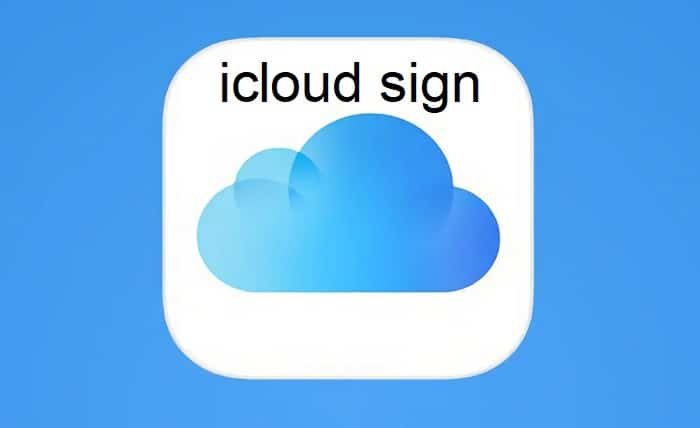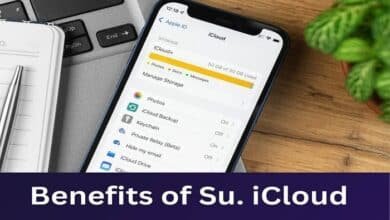iCloud Sign: The Ultimate Guide to Accessing Your Apple Cloud Services

Apple’s iCloud is an essential service that allows users to store and sync data across multiple devices seamlessly. However, many people face issues with iCloud sign and need guidance on how to log in correctly. Whether you’re using an iPhone, iPad, Mac, or Windows PC, this guide will provide step-by-step instructions to help you access iCloud without any hassle.
How to Perform iCloud Sign on an iPhone or iPad
One of the most common ways to access iCloud is through an iPhone or iPad. Here’s how to complete iCloud sign on your iOS device:
- Open Settings on your device.
- Tap Sign in to your iPhone at the top.
- Enter your Apple ID and password.
- If prompted, enter the verification code sent to your trusted device.
- Once signed in, navigate to iCloud and enable the services you want to sync.
Completing iCloud sign on your iPhone or iPad ensures that your contacts, photos, and other important data are backed up and accessible from any Apple device.
How to Perform iCloud Sign on a Mac
Mac users can easily access iCloud by following these steps for iCloud sign on macOS:
- Click the Apple menu in the top left corner.
- Select System Preferences and then click Apple ID.
- If you are not signed in, enter your Apple ID and password.
- Complete the two-factor authentication process if required.
- Click iCloud in the sidebar and check the boxes for the services you want to enable.
After completing the iCloud sign process on your Mac, all selected data will be synced across your Apple devices.
How to Perform iCloud Sign on Windows PC
Windows users can also access iCloud by installing the iCloud app. Here’s how to complete iCloud sign on a Windows PC:
- Download and install iCloud for Windows from Apple’s official website.
- Open the iCloud app and sign in using your Apple ID.
- Enter the verification code sent to your Apple device.
- Select the iCloud services you want to enable (e.g., Photos, Mail, iCloud Drive).
- Click Apply to complete the setup.
Once iCloud sign is done on your Windows PC, you can access and manage your iCloud files from File Explorer.
How to Perform iCloud Sign on a Web Browser
If you don’t have access to an Apple device, you can still complete iCloud sign using a web browser. Follow these steps:
- Open a browser and go to iCloud.com.
- Enter your Apple ID and password.
- Complete the two-factor authentication process if required.
- Once logged in, you can access services like Mail, Contacts, Photos, Notes, and iCloud Drive.
This method allows you to use iCloud from any device, making iCloud sign a flexible option for users who need access on the go.
Common iCloud Sign-in Issues and How to Fix Them
Sometimes, users experience issues when attempting iCloud sign. Here are some common problems and their solutions:
- Incorrect Apple ID or Password: Double-check your credentials and reset your password if necessary.
- Verification Code Not Received: Ensure your trusted device is connected to the internet and check your SMS or email for the code.
- iCloud Server Issues: Visit Apple’s System Status page to check if iCloud is down.
- Device Not Compatible: Ensure your device is updated to the latest iOS, macOS, or Windows version.
- Network Issues: Restart your Wi-Fi router or switch to a different internet connection.
By troubleshooting these issues, you can successfully complete iCloud sign without interruptions.
How to Secure Your iCloud Sign-in
Security is crucial when it comes to iCloud sign. Follow these best practices to keep your iCloud account safe:
- Enable Two-Factor Authentication (2FA) – Adds an extra layer of security.
- Use a Strong Password – Avoid using common passwords.
- Do Not Share Your Apple ID – Keep your credentials private.
- Regularly Update Your Devices – Ensures compatibility and security.
- Review Your iCloud Account Activity – Monitor sign-ins and connected devices.
These security measures help protect your data and prevent unauthorized access to your iCloud sign account.
How to Sign Out of iCloud
There may be times when you need to sign out of iCloud, such as when switching devices or troubleshooting issues. Here’s how to properly sign out of iCloud sign on different devices:
On iPhone or iPad:
- Open Settings.
- Tap on your Apple ID at the top.
- Scroll down and tap Sign Out.
- Enter your Apple ID password and tap Turn Off.
- Choose whether to keep a copy of your data on your device and confirm the sign-out.
On Mac:
- Click the Apple menu and select System Preferences.
- Click Apple ID, then go to Overview.
- Click Sign Out and confirm your decision.
On Windows PC:
- Open the iCloud for Windows app.
- Click Sign Out at the bottom left.
- Confirm that you want to remove iCloud data from your PC.
Properly signing out ensures that your data remains secure when you switch devices or troubleshoot issues with iCloud sign.
Conclusion
Understanding how to perform iCloud sign across different devices is essential for managing your Apple services efficiently. Whether you’re logging in on an iPhone, Mac, Windows PC, or a web browser, the steps outlined in this guide will help you access iCloud with ease. By following best security practices and troubleshooting common issues, you can ensure a smooth and secure iCloud experience.
FAQs
1. What should I do if I forgot my Apple ID password?
If you forgot your Apple ID password, go to iforgot.apple.com and follow the instructions to reset it.
2. Can I use iCloud on a non-Apple device?
Yes, you can sign in to iCloud on a web browser by visiting iCloud.com and entering your Apple ID credentials.
3. Why do I keep getting an iCloud sign-in request on my device?
This usually happens when there is a security check or your iCloud session has expired. Signing in again should resolve the issue.
4. Is iCloud sign-in free to use?
Yes, signing into iCloud is free, but additional iCloud storage beyond 5GB may require a subscription.
5. Can I sign into multiple iCloud accounts on one device?
No, Apple allows only one primary iCloud account per device, but you can use multiple Apple IDs for different services.





